In the race to have the next great sire, there comes a point where you have to ask have we taken it too far. Analysis performed by Holstein International of the 33 popular genomics bulls of 2009 showed that only one has managed to maintain his breeding value: O-Style. Even with those facts, why are so many A.I. companies now basing 70%, 80%, and 100% of their genetic programs on genomic sires?
Partly due to the “shortage” of new daughter proven sires of sons, and partly due to the increased confidence in genomics since it started in 2009 the percentage of breeding programs that are using genomic sires has increased from 40% to 50% on a global basis. Moreover, just like a great outlier sire, the difference between the AI’s is substantial. With Accelerated Genetics, Genex-CRI and Alta Genetics all sampling over 90% genomics sires.
So why are these studs putting so much weight in genomics? Do they know something the rest of us don’t? Have they just gone cuckoo?
In reality is actual goes back to the genetic advancement formula that has been around for many years.
Let’s take a close look at each piece of this equation and the effect genomics has.
Accuracy
The effect that genomics has on accuracy is very significant. According to CDN the average gain in accuracy in LPI due to Genomics is as follows:
| Sub-Group for Holstein Breed |
Average LPI Reliability (%) |
|||
|
Traditional |
Genomics |
Gain |
Direct Genomic Value (DGV) Weight |
|
| 50K Young Bulls and Heifers (Born 2008-2011) |
37 |
66 |
29 |
64% |
| 3K Heifers (Born 2008-2011) |
35 |
61 |
26 |
64% |
| Younger Cows in 1st or 2nd Lactation (50k) |
54 |
70 |
16 |
56% |
| Foreign Cows with MACE in Canada |
43 |
68 |
25 |
61% |
| 1st Crop Proven Sires in Canada |
85 |
89 |
11 |
54% |
| Foreign Sires with MACE in Canada |
70 |
81 |
11 |
54% |
Selection Intensity
In the past AI companies would have sample multiple sires from the same cross, and try multiple crosses to find out which one was the genetically gifted. That does not even take into account the need to sample from a larger portion of the top females to discover which ones where genetically gifted and which ones where “artificial” in their breeding values. With genomics, they can pre-screen these sires and crosses to see which ones will have the highest chance of producing the next top-selling sire and which ones did not get the best their parents had to offer.
By eliminating the need to sample such a large number of sires, allows the AI companies to focus on a more intense core group of sires, and push the limits on genetics advancement
Genetic Variability
This is one area than many breeders do not pay enough attention to. Certain traits, such as Milk Yield, Protein Yield, and stature are much more heritable than others (i.e. Rump and Feet & Legs). What this means is, if you spent all your time breeding for feet and legs, you will see less overall genetic gain than say focusing on production traits. That is why production sires will typically offer the greatest genetic gain, since most type traits have a much lower heritability. It’s also why breeders always need to be conscious of production when building your breeding program and don’t mate for low heritability traits.
The following is Holstein heritability estimates used for genetic evaluations in Canada
- Production Traits
- Milk Yield 43%
- Fat Yield 34%
- Protein Yield 40%
- Fat Percentage 50%
- Protein Percentage 50%
- Functional Traits
- Somatic Cell Score 27%
- Lactation Persistency 40%
- Herd Life 10%
- Calving Ability 6%
- Daughter Calving Ability 6%
- Milking Speed 21%
- Milking Temperament 13%
- Daughter Fertility 7%
- Major Type Traits
- Conformation 26%
- Rump 15%
- Mammary System 25%
- Dairy Strength 36%
Time
In order to cut down the genetic intervals many AI companies are now using genomic sires themselves as sires of sons. This means that there are sires of sons that don’t have any daughter information yet. The company taking this to the extreme is Alta Genetics. Their breeding program is made up by no less than 70% of genomic bulls that are sired by genomic bulls. The greater you can cut down the interval from the birth of the parent to the birth of the progeny the greater the average genetic gain per year.Yes, you will run the risk of sires that drop, but overall on a large breeding program you will come out ahead.
The Bullvine Bottom Line
Many AI companies, especially in North America, are pushing the edge with genomics to maximize annual genetic gain. While they will run the risk of a sire not turning out, or dropping significantly from his pre-proven prediction, when you look at the net result over the generations of their whole breeding program they will come out way ahead. By leveraging the effect Genomics has on accuracy, selection intensity, focusing on highly heritable traits, and making the interval between generations as low as possible, these studs stand the greatest chance of consistently producing the best genetics available.
Not sure what all this hype about genomics is all about?
Want to learn what it is and what it means to your breeding program?











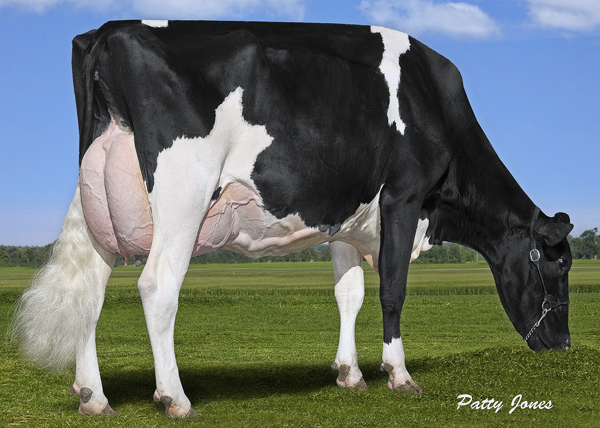
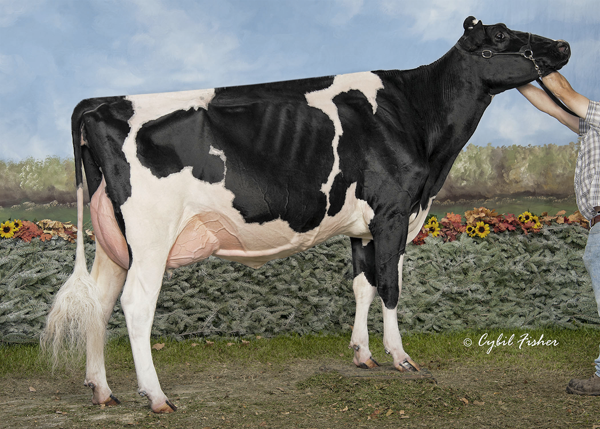

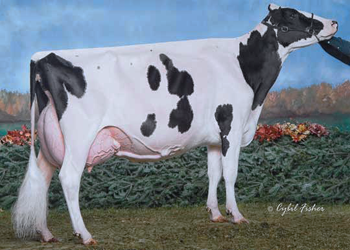

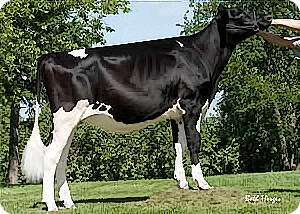
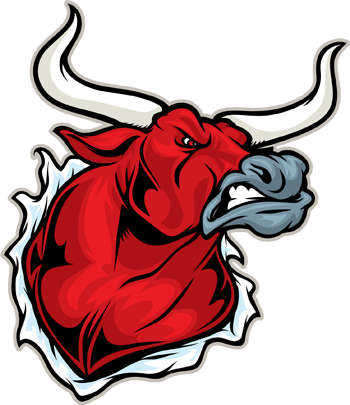 Some people may think I am crazy. Others may think I am arrogant. They could all be right! It doesn`t matter. I am tired of sitting back, depending on gossip and watching as the all the news comes in the same old way.
Some people may think I am crazy. Others may think I am arrogant. They could all be right! It doesn`t matter. I am tired of sitting back, depending on gossip and watching as the all the news comes in the same old way.



